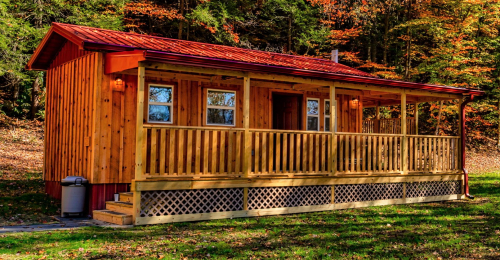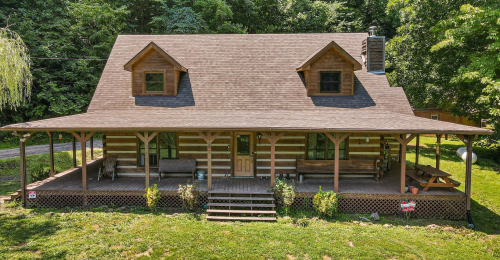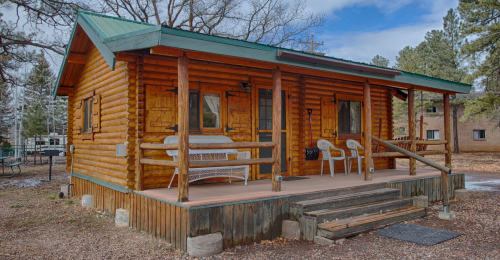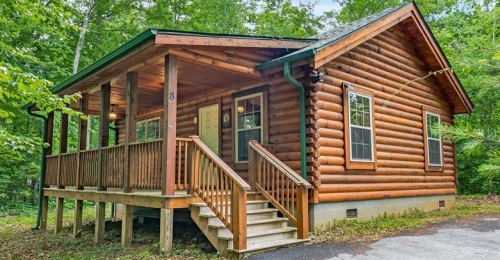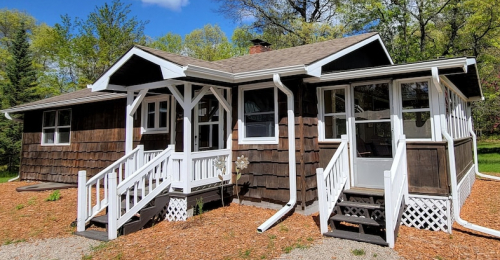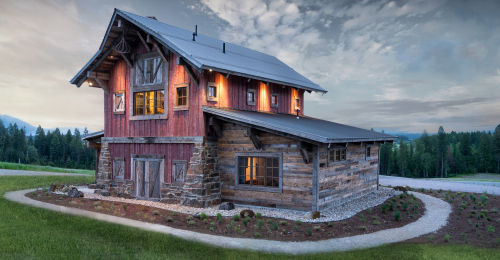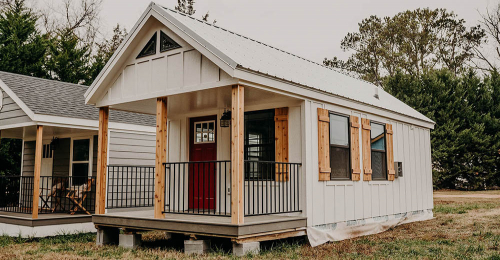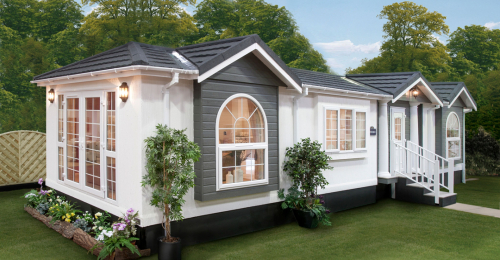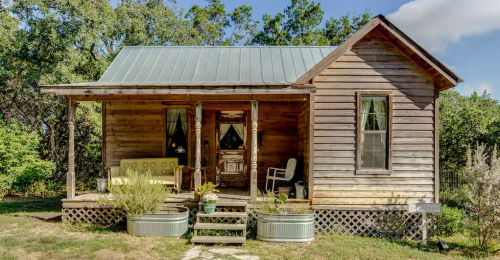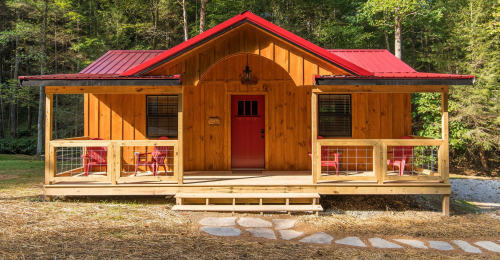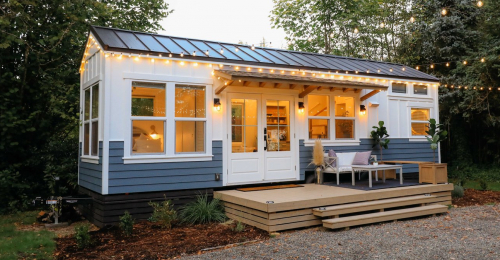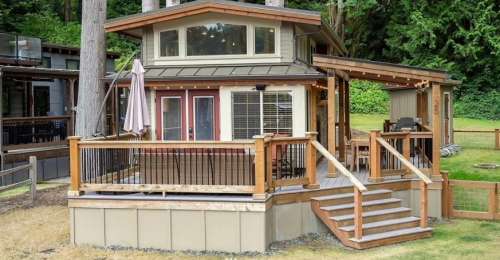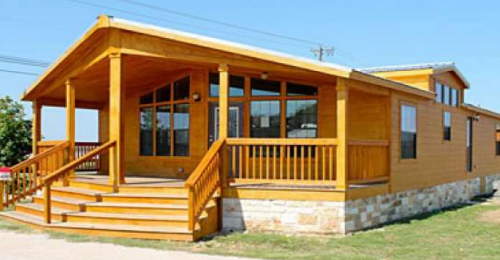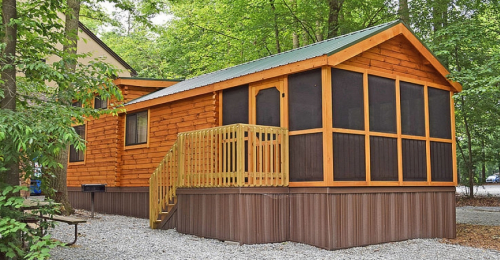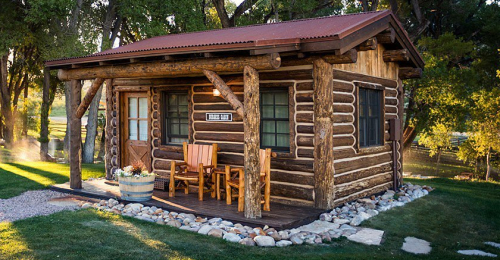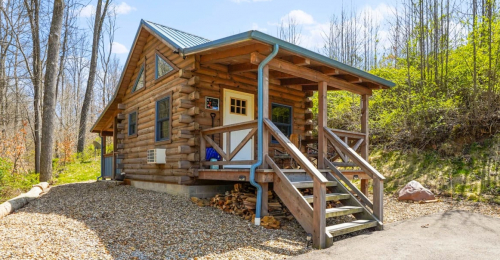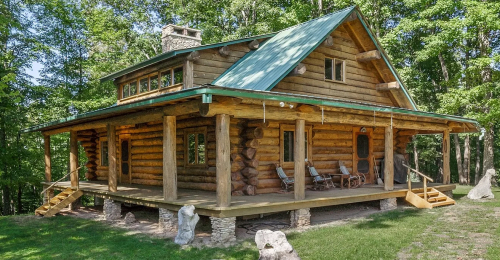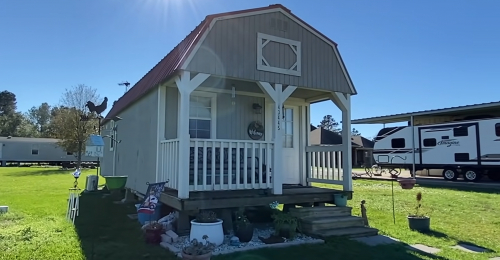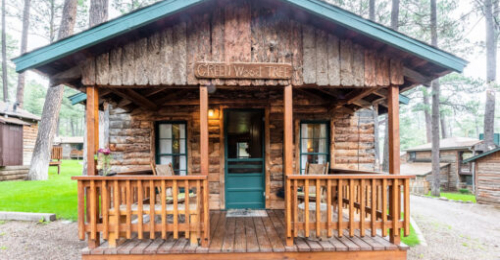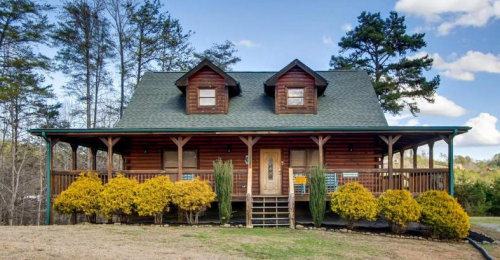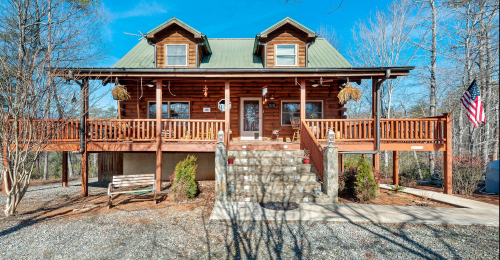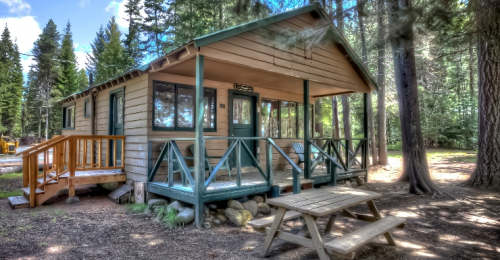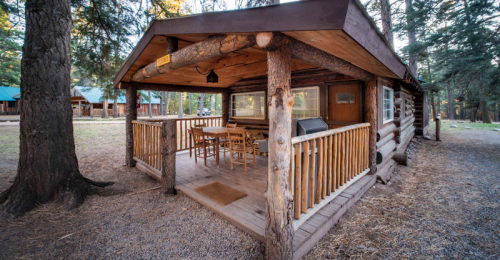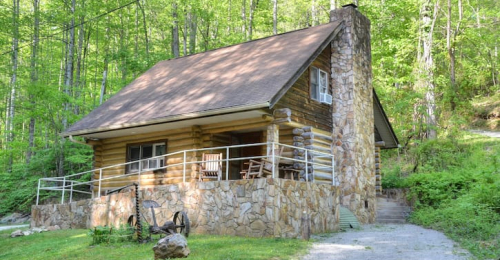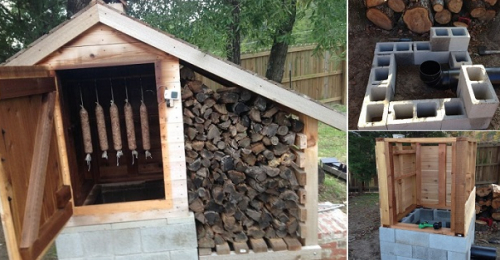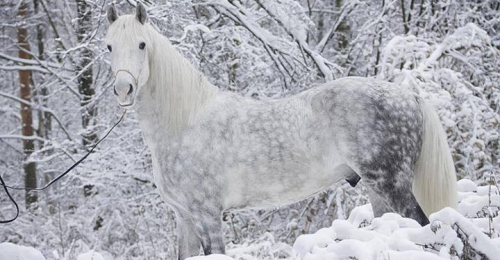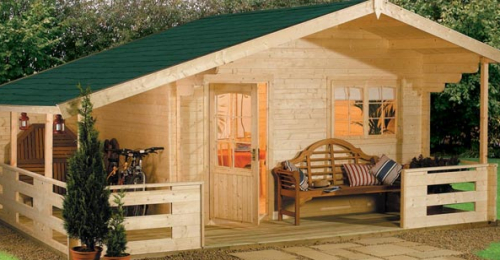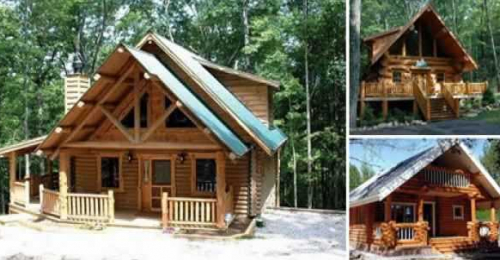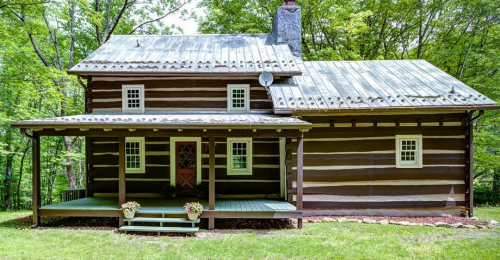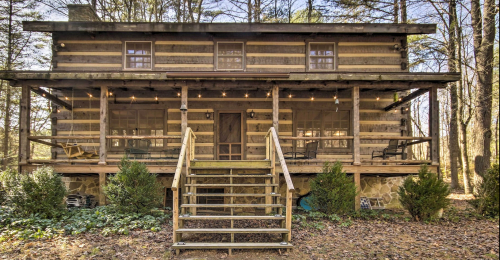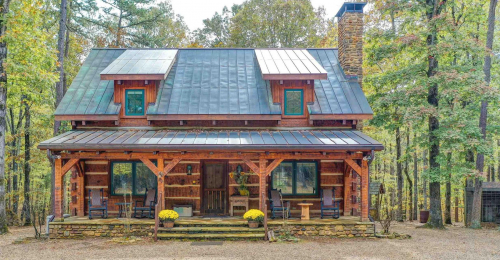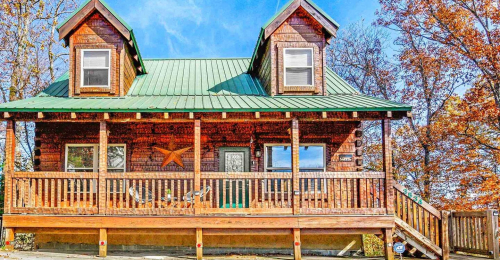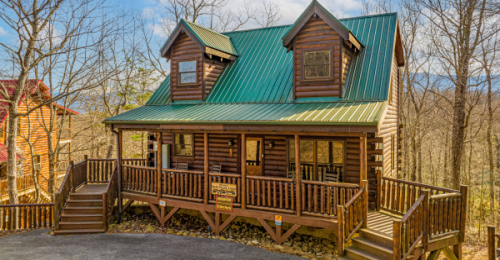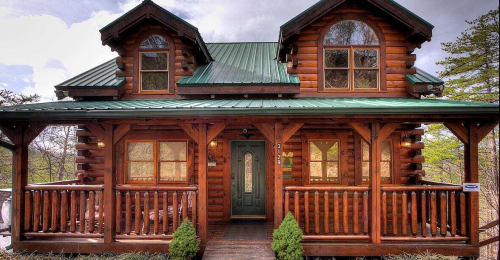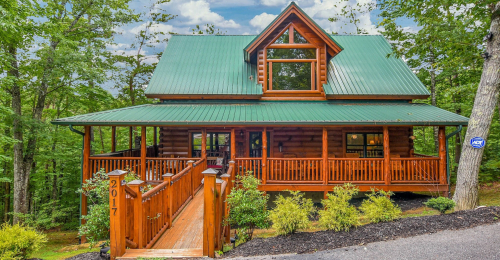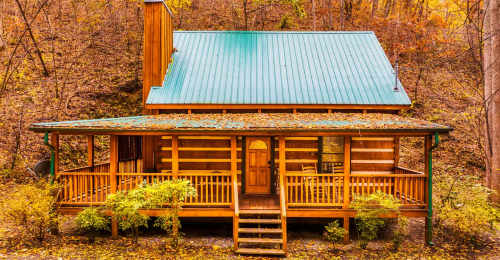BMW Isetta 300 and Mini Caravan
Written by: Arron J. Staff writer @ Hyggehous.com
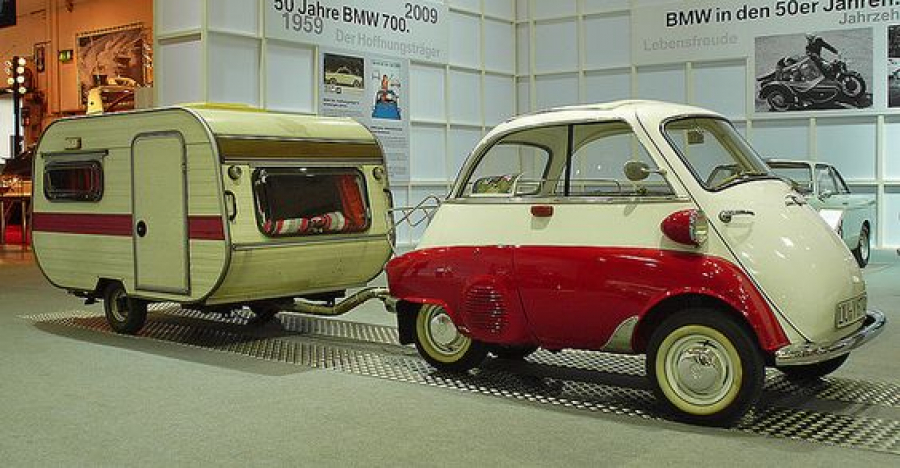
Photo Gallery

It doesn't get much cuter than this BMW Isetta and mini trailer combination.
The Isetta is an Italian-designed microcar. The unique car has an egg shape and bubble-like windows, which is why it became known as a bubble car, a name that was also given to other similar vehicles. In 1955, the BMW Isetta car became the world’s first mass-production car to achieve a fuel consumption of 3 L/100 km. Shop Tiny Homes The BMW Isetta was the top-selling single-cylinder mini car in the world, with 161,728 units sold. Initially, the car was manufactured by the Italian firm Iso SpA, the name Isetta is the Italian diminutive form of ISO, meaning little ISO.
The more you look at this unique little car, the more you are sure to fall in love with it.
The mini car originated with the Italian firm of Iso SpA. This company in the early 1950s was building refrigerators, small three-wheeled trucks and motor scooters. Owner Renzo Rivolta decided to build a mini car that was going to be for mass distribution. By 1952 the two engineers Ermenegildo Preti and Pierluigi Raggi had designed a mini car that used the motorcycle engine of the Iso Moto 200 and then named it Isetta which is the Italian diminutive meaning little iso, the rest, as they say, is history.
The Isetta car caused a sensation when it was first introduced to the motoring press in Turin in November 1953.
The tiny car was unlike anything seen before. The car was small at only 7.5 feet long by 4.5 feet wide and the tiny car was egg-shaped, with bubble-type windows, and the entire front end of the small car hinged outwards to allow for entry. In the event of a crash, the driver of the Isetta and the passenger were to exit through the canvas sunroof. The steering wheel and the instrument panel of the tiny car swung out with the single door, as this made access to the tiny single bench seat simpler. The car seat provided fairly good comfort for two occupants, and maybe a small child too. Behind the seat of the tiny car was a large parcel shelf with a spare wheel located below. The car had a heater that was optional, and ventilation that was provided by opening the fabric sunroof.
The BMW Isetta in Germany.
BMW of Germany made the Isetta tiny car all its own. The company redesigned the powerplant around a BMW one-cylinder, with a four-stroke, 247 cc motorcycle engine that generated 10 kW or 13 hp. Although the major elements of the tiny Italian car design remained intact, BMW re-engineered much of the tiny car, so much of the car that none of the parts between a BMW Isetta Moto Coupe and an Iso Isetta were interchangeable. The first BMW Isetta mini car appeared in April 1955. In May of 1962, three years after the launching the conventionally modern-looking BMW 700, BMW ceased their production of Isettas. There was a total of 161,728 units that had been built.



